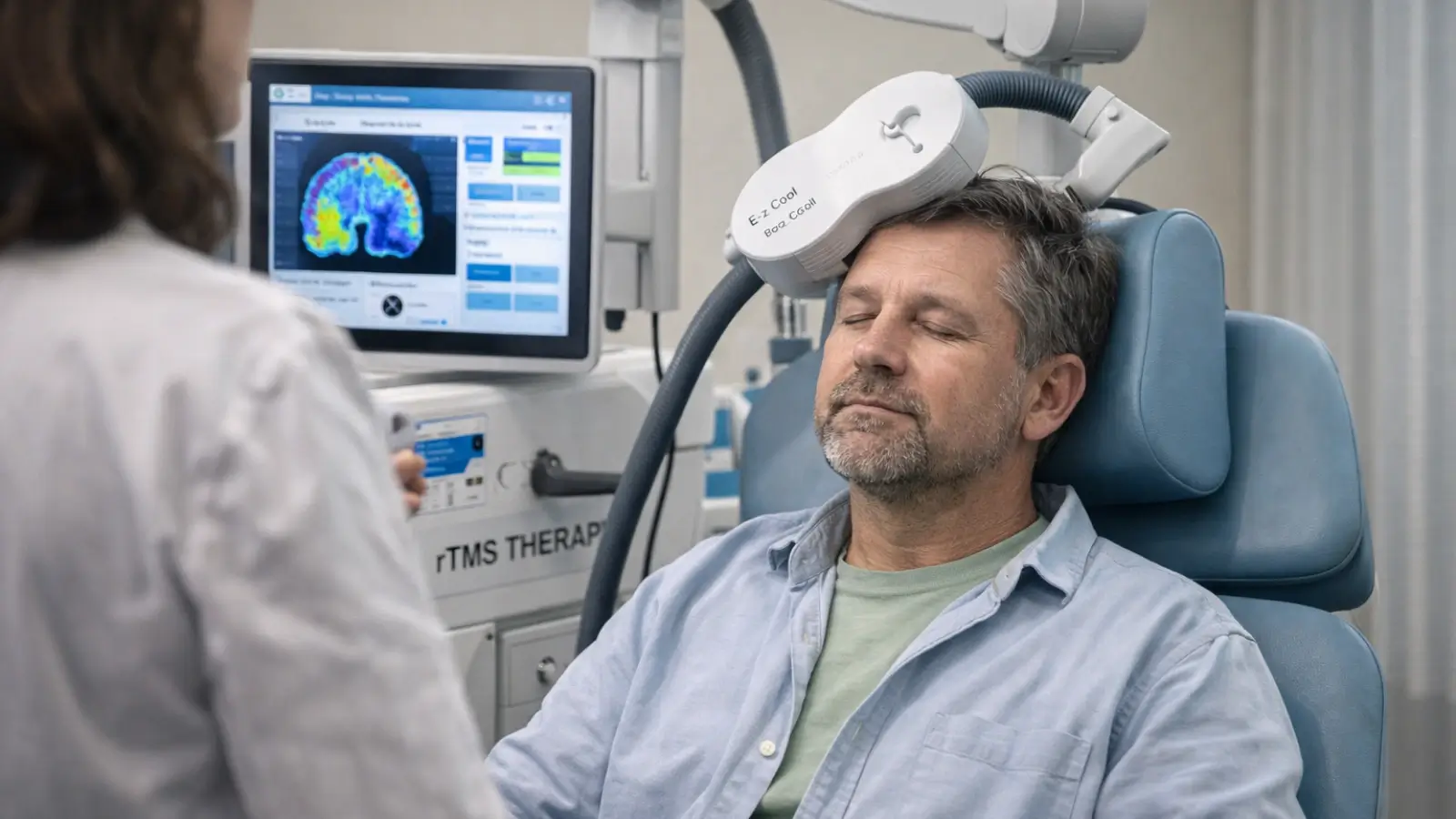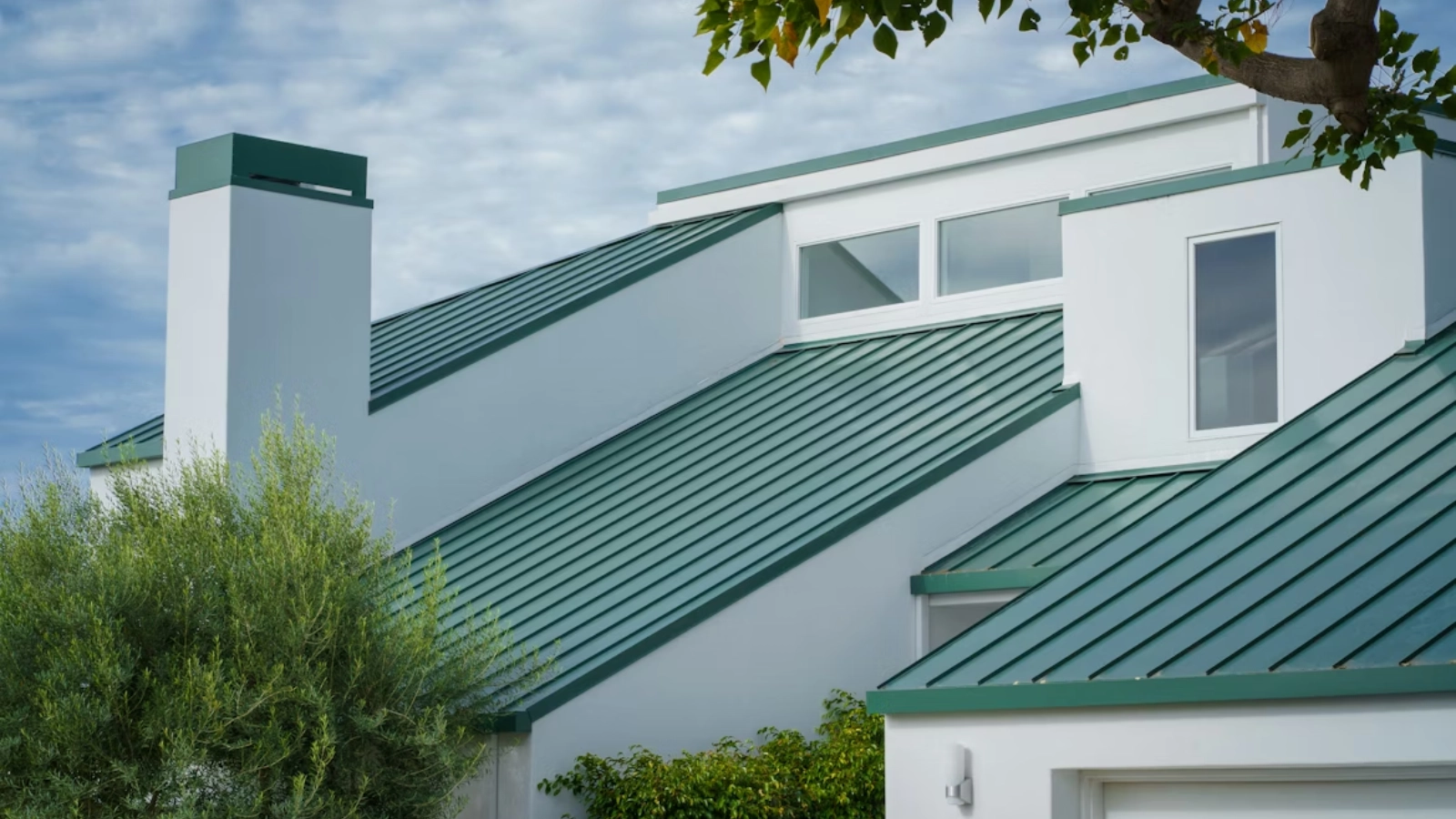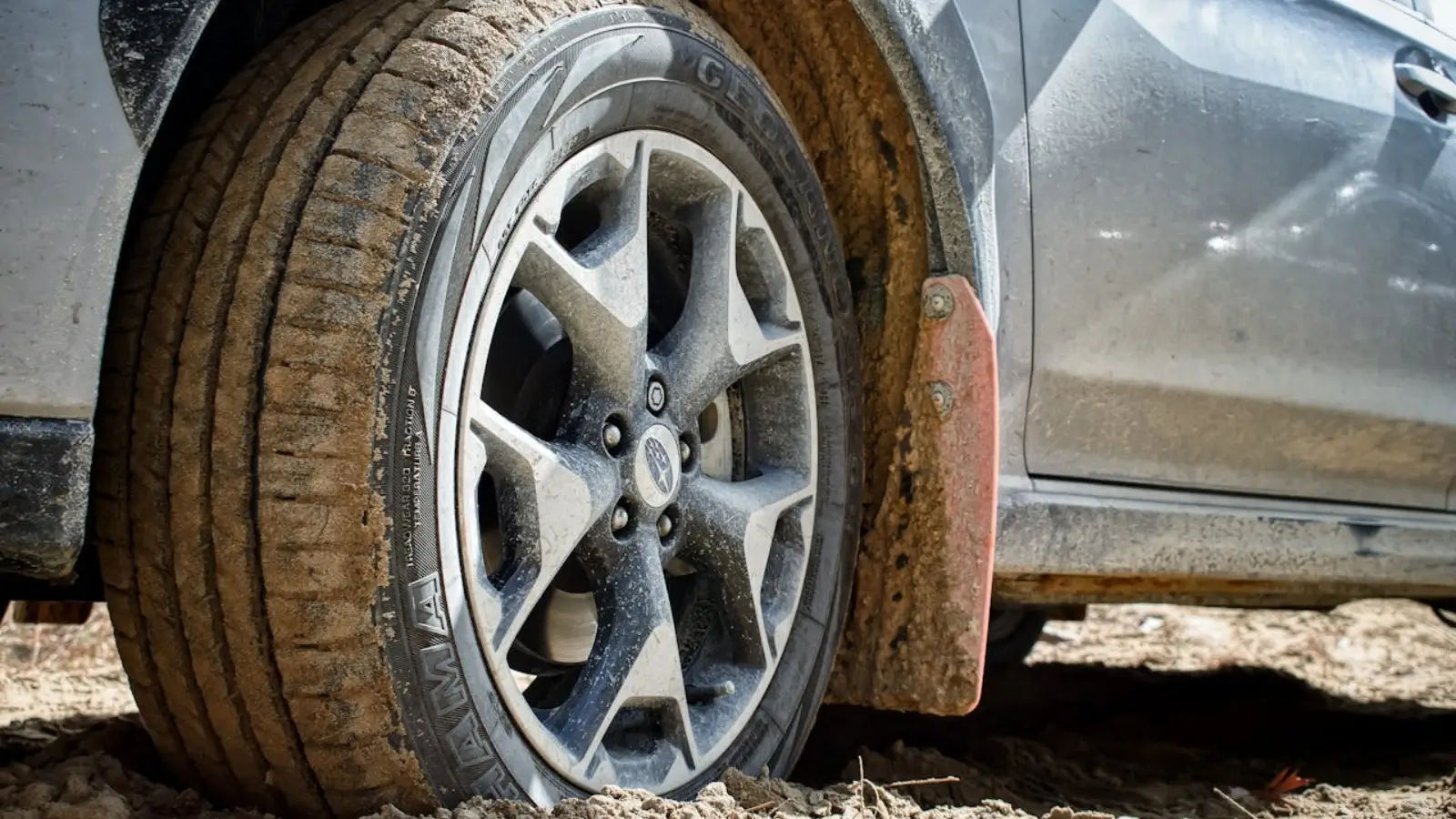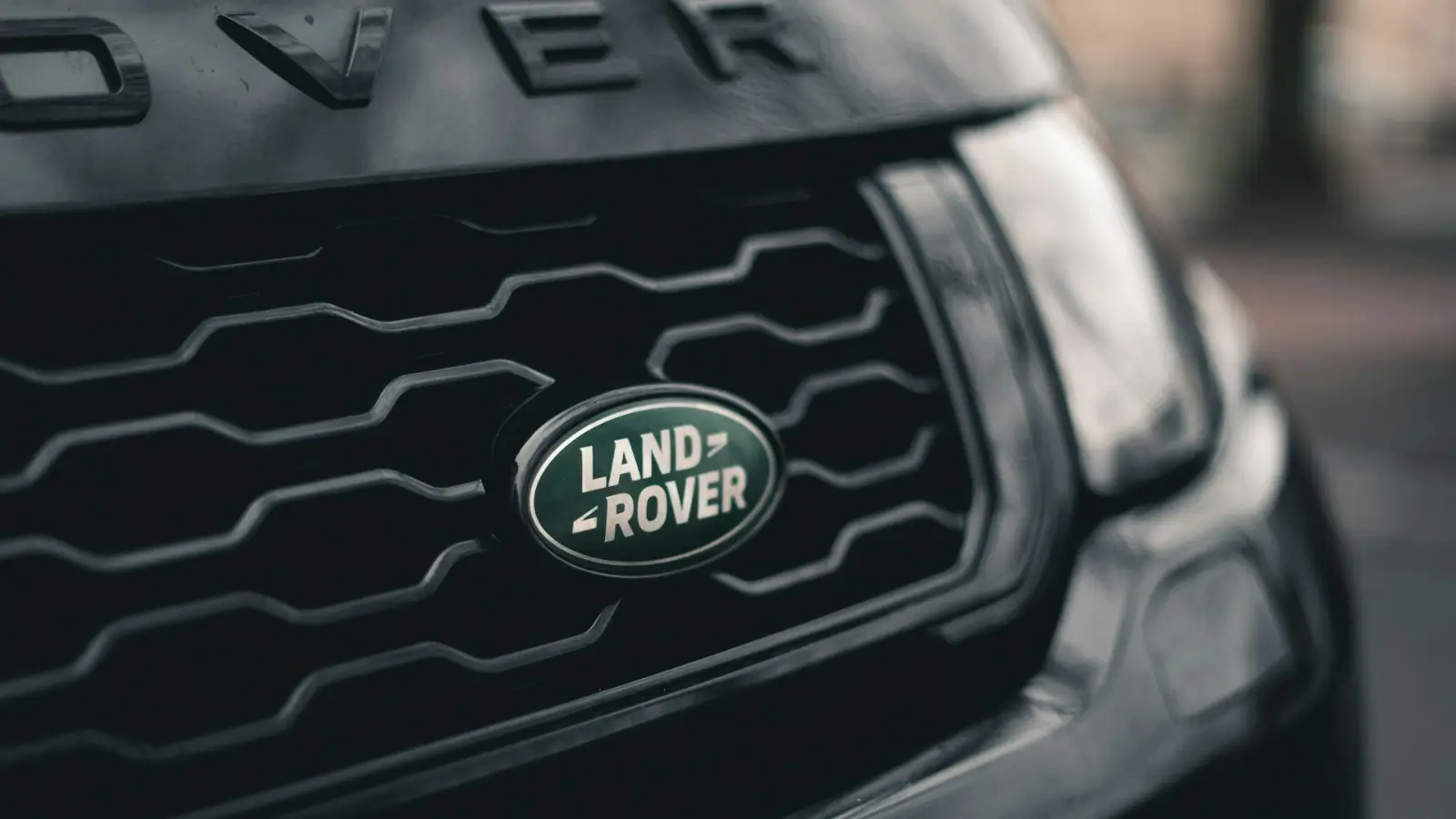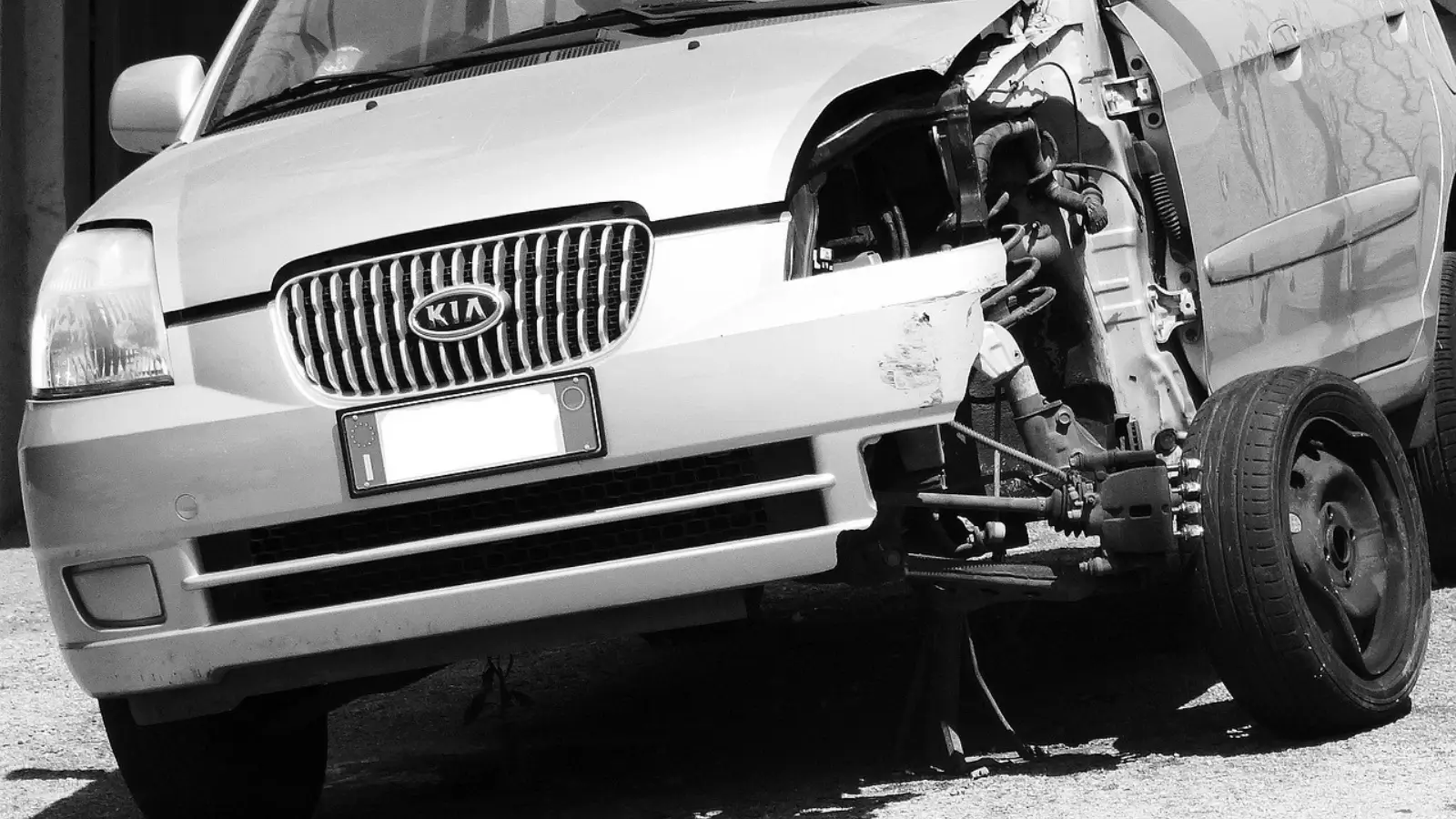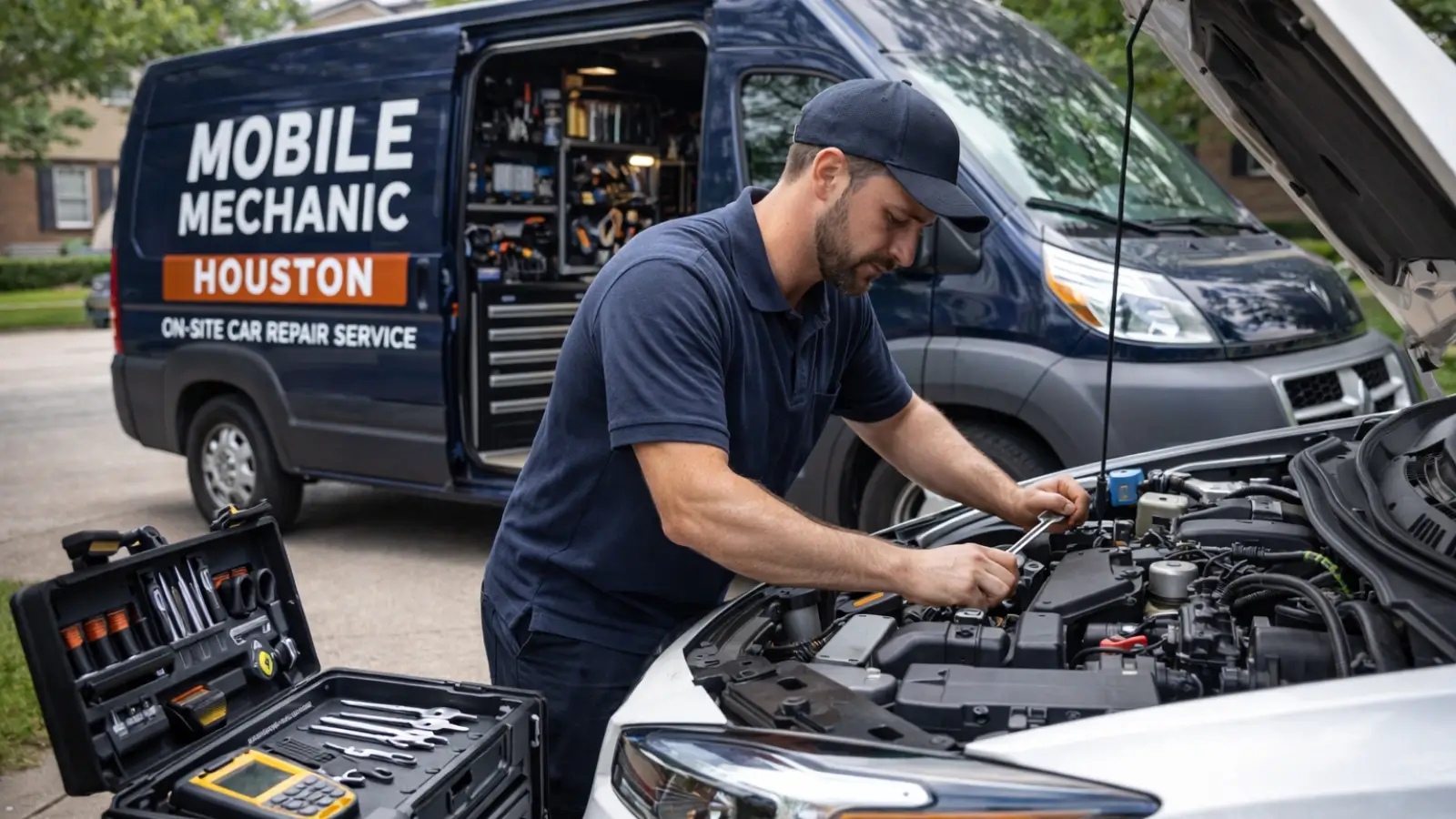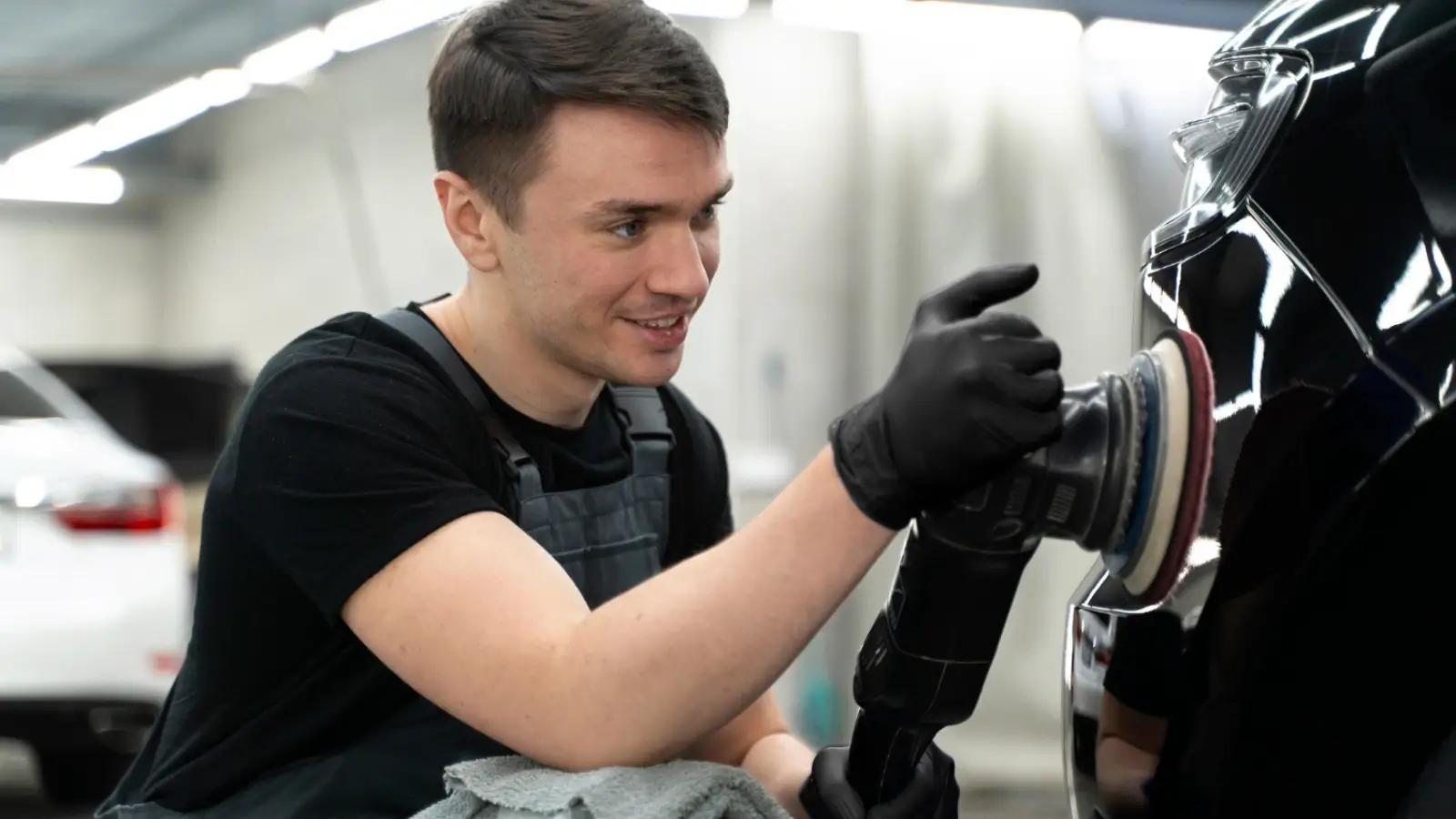Horacio Pagani is one of the most revered names in the world of supercars, celebrated not just for his engineering genius but for transforming high-performance vehicles into rolling works of art. As the founder of Pagani Automobili, he has crafted some of the most exclusive and visually stunning hypercars in automotive history, including the Zonda and Huayra. His journey—from building models in rural Argentina to leading a boutique supercar brand in Italy—is as fascinating as the cars he creates.
Early Life and Background
Horacio Pagani was born on November 10, 1955, in the small town of Casilda, located in the Santa Fe Province of Argentina. Raised in a modest household by Italian immigrant parents, Horacio showed an early interest in art, design, and engineering. From a young age, he was captivated by machines and how they worked. He often built models and experimented with mechanical parts, a passion that quickly evolved into a lifelong pursuit of perfection. Pagani drew deep inspiration from Leonardo da Vinci, whose philosophy of merging art and science became a guiding principle for his future work.
Net Worth and Business Success
As of recent estimates, Horacio Pagani’s net worth is believed to be between $100 million and $150 million USD. His wealth stems primarily from his privately held company, Pagani Automobili, which produces a limited number of custom hypercars each year—often priced upwards of $2 to $5 million. In addition to car manufacturing, Pagani owns Modena Design, a firm specializing in advanced composite materials that supplies parts to top-tier automotive and aerospace companies. Despite his success, Pagani remains deeply involved in the day-to-day creative and technical aspects of his business, preferring craftsmanship and exclusivity over mass production.
Education and Technical Beginnings
Although Pagani had limited access to formal engineering education in Argentina, he was largely self-taught in mechanics, physics, and materials science. He studied industrial design and engineering at a local technical institute, but much of his expertise was developed through hands-on experience. In his teens, he began building go-karts, furniture, and small mechanical systems. His early use of fiberglass and lightweight materials impressed many, earning him a reputation in local racing circles for his ingenuity and problem-solving abilities.
Career in Argentina
During his early career in Argentina, Pagani opened a small workshop where he began crafting parts for race cars and experimenting with vehicle design. He soon realized that while he had talent and ideas, Argentina lacked the advanced materials and industrial infrastructure needed to bring his visions to life. Driven by the dream of working in the heart of automotive innovation, he set his sights on Italy—specifically, Modena, home to iconic brands like Ferrari, Maserati, and Lamborghini.
Move to Italy: Pursuing the Dream
Pagani moved to Italy in the late 1970s, armed with little more than a toolbox and a dream. It was a bold and uncertain move, but his perseverance paid off. After months of knocking on doors and searching for opportunities, he was eventually hired by Lamborghini. Though he started with basic tasks, his skills and ambition quickly caught the attention of senior engineers. Within a few years, he became a key contributor to some of Lamborghini’s major projects.
Time at Lamborghini
At Lamborghini, Pagani worked on several groundbreaking projects, including the Countach Evoluzione, the LM002 (a luxury off-road vehicle), and the P140 prototype. Perhaps most notably, he championed the use of carbon fiber in automotive design at a time when the material was still considered experimental. When Lamborghini declined to invest in an autoclave—an oven used for curing carbon fiber—Pagani decided to build one himself. This moment proved to be a turning point, ultimately prompting him to venture out and start his own company where he could fully pursue his vision.
Founding Pagani Automobili
In 1991, Horacio Pagani founded Modena Design, a company specializing in carbon fiber components. Its success laid the financial and technical groundwork for Pagani Automobili S.p.A., which he officially launched in 1992. His goal was ambitious: to build a hypercar that combined the best in materials, engineering, and artistic craftsmanship. Pagani’s unique approach blended aerodynamic performance with hand-sculpted design, creating vehicles that were both powerful machines and functional sculptures.
The Zonda Era
The first result of Pagani’s vision was the Zonda C12, unveiled at the 1999 Geneva Motor Show. Powered by a Mercedes-Benz AMG V12 engine and constructed almost entirely from carbon fiber, the Zonda was an instant sensation. Critics praised its futuristic styling, meticulous attention to detail, and exhilarating performance. Over the years, the Zonda evolved through various limited-edition models such as the Zonda F, Zonda Cinque, Zonda R, and the ultra-rare HP Barchetta. Each version pushed the boundaries of automotive art and exclusivity, often commanding multi-million-dollar price tags and long waiting lists.
The Huayra and Beyond
In 2011, Pagani introduced the Huayra, a hypercar named after the Incan god of wind. Building on the success of the Zonda, the Huayra featured active aerodynamics, a twin-turbocharged AMG V12 engine, and cutting-edge carbon-titanium construction. The Huayra further established Pagani as a leader in bespoke car manufacturing, with each vehicle tailored to the specific desires of its owner. Subsequent variants, including the Huayra BC, Huayra Roadster, and Huayra Codalunga, demonstrated Pagani’s relentless pursuit of innovation, aesthetics, and customer experience.
Design Philosophy
At the core of Horacio Pagani’s work is a deep reverence for Leonardo da Vinci’s philosophy: "Art and science are disciplines that must walk together." Pagani approaches every car as a harmonious blend of function and form. From the precisely stitched leather interiors to the polished titanium bolts, no detail is too small. His designs reflect a desire to create emotion, not just speed. Each Pagani is more than a car—it’s a handcrafted expression of beauty, performance, and individuality.
Personal Life and Values
Despite his fame, Pagani is known for his humility and low-key lifestyle. He remains closely involved in every stage of car production and is often seen in the workshop reviewing details or sketching new concepts. His son, Christopher Pagani, has taken on a leadership role within the company, ensuring that the family’s vision and values will continue into the future. Horacio’s dedication to perfection and authenticity defines both his personal ethos and the brand he has built.
Legacy and Industry Impact
Horacio Pagani has left a profound mark on the automotive world. His work has influenced how modern hypercars are built, particularly in the use of composite materials and ultra-custom production methods. More importantly, he has elevated the automobile to the level of fine art. Pagani Automobili stands not just as a car manufacturer but as a symbol of what is possible when engineering meets passion, creativity, and vision.
Awards and Recognition
Pagani’s contributions have been recognized globally through design awards, engineering honors, and media appearances. He has been featured on popular programs such as Top Gear, Jay Leno’s Garage, and Carfection, where his cars are praised as masterpieces. His workshops have become a pilgrimage site for car lovers, artists, and designers alike, all eager to witness the meticulous process behind each creation.
Conclusion
Horacio Pagani's story is a remarkable example of what can happen when talent, perseverance, and imagination converge. From a small town in Argentina to the pinnacle of the luxury automotive industry, Pagani's journey proves that chasing a dream—no matter how distant—can lead to extraordinary results. His cars don’t just compete in terms of speed or performance; they redefine what it means to build a car with soul. And as Pagani Automobili looks to the future, the world eagerly awaits the next masterpiece from this modern-day Da Vinci of the supercar world. Whether it’s the artistry of Pagani’s creations or the craftsmanship found in detailing in Calgary, true automotive passion is evident in every curve, finish, and design.



